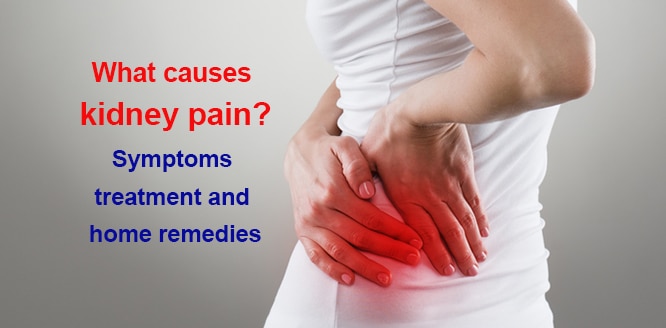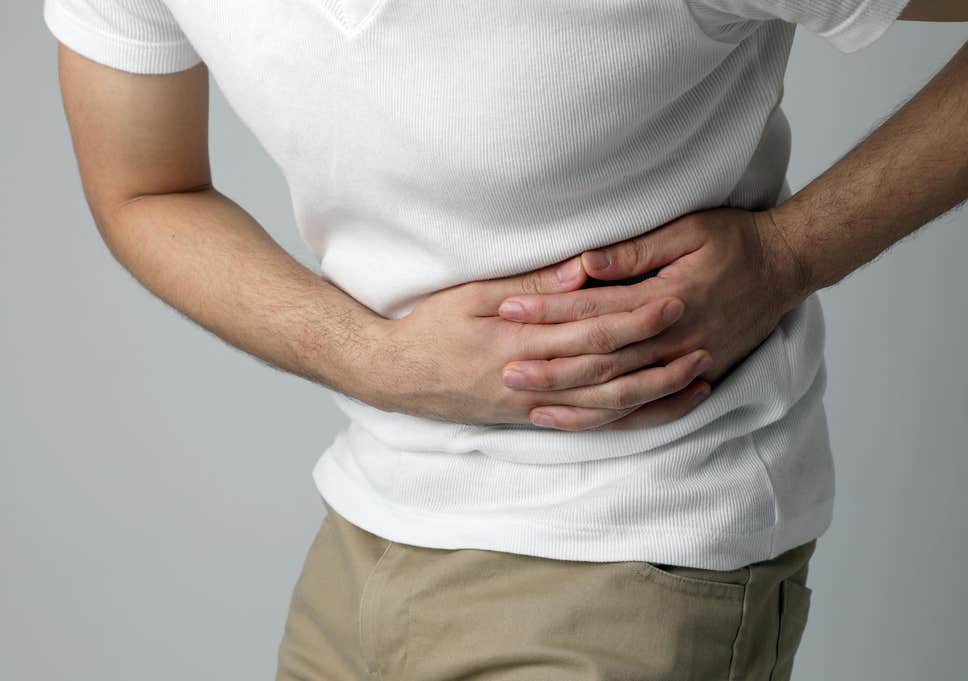
Kidney pain is normally a term commonly used to describe an acute pain that’s located either around the left or right side of your abdomen (toward the middle). But the kidneys aren’t actually located inside the lower abdomen. Back pain is the most common source of what’s called kidney pain.
Kidney pain often comes on suddenly and doesn’t disappear until it subsides. It can also be intermittent in nature. For example, you may experience pain near your ribs after a heavy meal or exercise routine. Sometimes, though, the pain occurs without your realizing you’ve eaten something heavy.
Kidney pain, however, doesn’t mean that you have a problem with the kidneys at all – it’s usually due to a urinary tract infection. In fact, if you’re suffering from a urinary tract infection, the pain in the region could be caused by another condition or illness. For example, if you’re dealing with gallbladder disease or a kidney infection, then you may experience pain in that area as well.
The exact origin of the pain can vary from person to person. The main causes of kidney pain are infections in the urinary tract. These types of infections, though, are typically easier to treat and prevent than kidney infections that are caused by blockages in the urinary tract. Common symptoms of kidney infections include:
The presence of urinary tract infections in your urine indicates that you have some sort of infection in your kidneys. But when you do a urinalysis results, they’ll reveal very little bacteria, which means the infection has gone into remission. When you have a symptom-free urinary tract, it’s quite possible for a kidney infection to go into remission.
Kidney infections don’t happen overnight. Sometimes, you’ll have pain in one area of your body (pain near your ribs or left kidney) but then not have problems for quite a while. In other cases, though, you may experience pain in one or both areas (pain near your legs or right kidney).

Kidney stones can also cause pain in this area. These are actually small pieces of hardened material that can build up in your kidneys over time and cause problems. Some can lead to acute pain – sometimes in only one area (pain near the right kidney), while others may need additional testing to determine if they are too large to pass through the urine stream.
The pain itself, although it can be debilitating, does not require treatment. Many cases of kidney pain can be treated with over-the-counter medications and / or treatment options such as intravenous fluids or pain medications.
If you are unsure where the pain is coming from, do not try to diagnose the problem yourself. There are several ways to locate the location of your pain. The three most common are urine or blood tests.
A urine test will show if there are stones or other deposits in the bladder. Your doctor will be able to determine if you have them, which will greatly simplify and speed up the diagnosis. This test can also help you understand where the pain is coming from.
Another way to check for stones is to have a blood test. This test checks the levels of a substance called albumin in your bloodstream. Albumin is a naturally occurring protein that binds calcium, bile salts, and other substances such as uric acid in your blood.
Blood tests are typically used by those who want to determine their pain location, as long as they haven’t had surgery. They can indicate what the source of your pain is and how long the pain will last. But in some cases, the presence of kidney pain in a blood test doesn’t always indicate the presence of kidney stones.